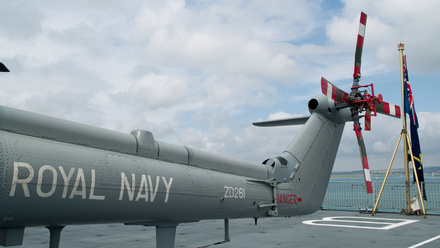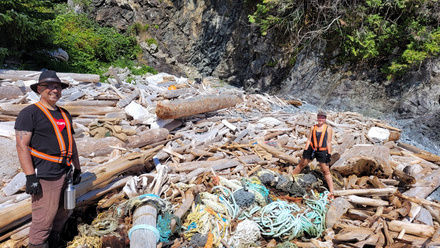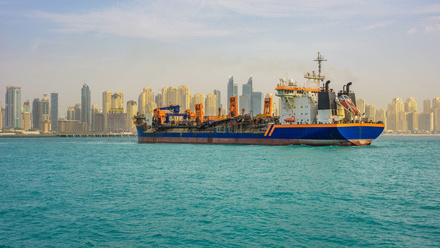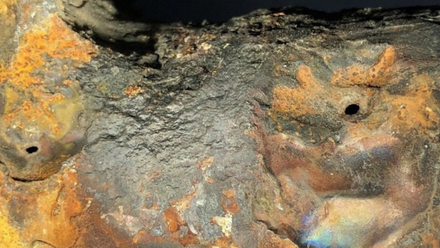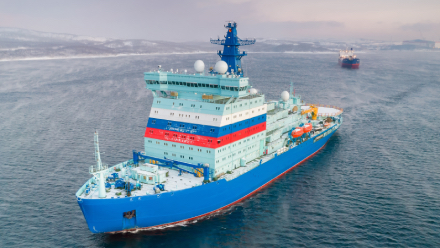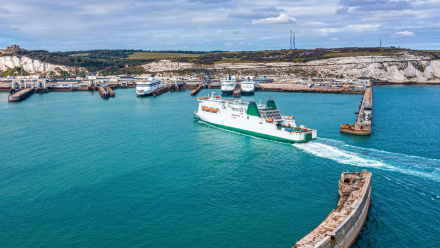Protecting submarine cables with maritime intelligence
Internet and financial traffic at risk after cables severed in the Baltic.
The world’s digital lifelines run along the seabed. Submarine cables carry the vast majority of global internet and financial traffic, yet incidents across Europe and Asia have shown just how fragile they are. A single break can ripple into outages, economic losses, and strategic vulnerability.
Until now, governments have leaned heavily on navies to respond. But warships are expensive, scarce, and episodic in presence. NATO’s Baltic Sentry operation, launched after a spate of cable disruptions, saw no further incidents during its patrols — though whether deterrence held or coincidence intervened remains unclear.
What is clear: cables are privately owned but nationally critical. Operators bring deep knowledge, embedded sensors, rerouting capability, and commercial levers like insurance pressure. Governments hold the legal authority and enforcement muscle. Yet these strengths have rarely been fused. Operators have acted in silos while militaries alone had access to the kind of real-time, fused operating picture that makes coordination decisive.
That gap is closing. A modern maritime intelligence platform gives both sides a common picture — blending commercial vigilance with government authority. Cable operators gain the means to contribute actively; governments retain the final escalation capability. Together, they can shift from reactive damage control to proactive protection, responding effectively at the speed of threat.
Maritime domain awareness
New maritime intelligence platforms connect diverse data streams into a single, real-time operating picture. These platforms typically integrate global AIS-based vessel tracking, satellite imagery, uncrewed systems, embedded acoustic sensors within cables, commercial vessel registry and insurance data, and secure linkages to government systems for rapid information sharing.
The result is available to both private operators and national authorities. Network Operations Centres (NOCs) become the hub, continuously ingesting and sharing data, issuing alerts, and coordinating responses. By combining commercial vigilance with state enforcement capacity, this model delivers a layered defence that can scale across regions.
Protecting submarine cables no longer needs to rely solely on naval presence or reactive enforcement. A modern maritime intelligence platform provides a way to see further, act sooner, and respond more effectively. By fusing commercial tracking, satellite monitoring, and uncrewed systems — and making that data sharable across government systems — these platforms create a common operating image that all stakeholders can trust.
The economics are just as compelling. Persistent monitoring through commercial and hybrid systems costs far less than round-the-clock naval patrols, and far less than the financial impact of a single major disruption. Preventative surveillance not only reduces risk but buys resilience, ensuring incidents are contained and evidence preserved.
Most importantly, this approach bridges the gap between private ownership and public authority. Cable operators contribute early warning and technical expertise, and governments retain the final escalation power. Together, they form a layered, scalable defence model — one that turns fragile seabed corridors into defended lifelines in an era of growing maritime competition.
Mark Douglas completed his engineering training in New Zealand and in the UK has served in various roles ashore and at sea, including as Decommissioning Engineer of HMNZS Endeavour. Douglas previously served as New Zealand’s Assistant Defence Adviser to Singapore and is currently a Maritime Domain Analyst at Starboard.
The views in the article represent those of the author, and not necessarily of IMarEST.
Tell us what you think about this article by joining the discussion on IMarEST Connect.
Image: NATO warships in the Baltic Sea. Credit: Shutterstock.

